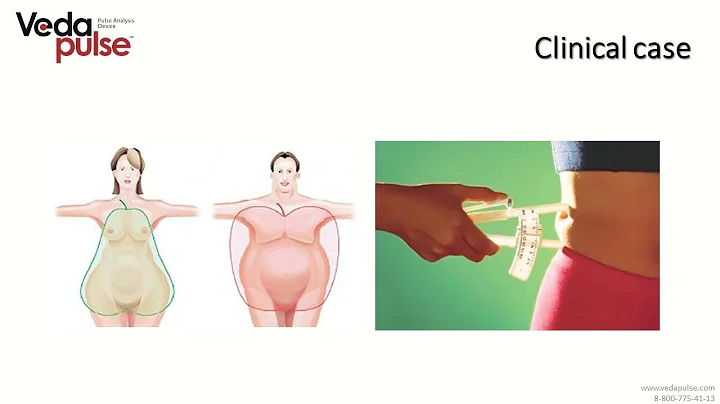Hello everyone! In today’s article, I want to talk to you about diabetes .
Diabetes belongs to the category of " diabetic disease " in clinical Chinese medicine. The basic pathogenesis is yin deficiency as the root and dryness and heat as the standard.
In other words, appears to be hot and dry in the body, but its essence is that there is virtual fire in the body. How do you understand

? The old rule is to combine a medical record.
I once had a diabetic patient in my clinic, female, surnamed Dong, age 60, with a medical history of more than ten years. She had taken metformin , Xiaoke Pills and other Chinese and Western medicines, but her blood sugar was still unstable.
Recently, I have been feeling short of breath, weak, prone to sweating, thirsty, and urinating too much. At the same time, my waist and knees are sore and weak, and my lower limbs are numb. Especially in the afternoon, the numbness of the limbs is more obvious.
In her own words, she usually doesn't take it seriously when her blood sugar is unstable, but now she clearly feels that her body is "lighting up".
I didn’t feel tired when I took my grandson for a walk before, but obviously in the past two weeks, I have felt very strenuous. I measured fasting blood sugar at breakfast, 8.5, and before dinner, it was 10.5. I realized that I needed to pay more attention to it, so I wanted to seek treatment from a Chinese medicine practitioner.

Quick diagnosis: Thin white tongue coating, thready pulse.
Syndrome analysis: Qi and Yin deficiency, the management idea should be around [Replenishing Qi and Nourishing Yin]
So the prescription was: American ginseng slices, Ophiopogon japonicus, Schisandra chinensis, Rehmannia glutinosa, Chinese yam, Cornus officinalis, paeonol bark, Poria , Alisma , Astragalus , Stir-fried Atractylodes , Fangfeng, Pueraria lobata, pollen . 14 doses, decoction in water.
What is the effect of taking Ms. Dong?
I saw that after taking 10 doses, her discomfort was obviously relieved, especially the soreness and weakness of her waist and knees, and numbness of her lower limbs, which were greatly improved. Now she can at least play with her grandson for a whole day.
As for blood sugar, it was also 8-10 on an empty stomach and dropped to 6-8. In order to consolidate the staged victory, I helped her get a prescription based on syndrome differentiation again, that is, during the second consultation.

Pueraria lobata
Second diagnosis: Complaints of fatigue, spontaneous sweating has decreased, thirst has also decreased, the frequency of urination has decreased, neck swelling has healed, pale complexion, pale tongue , and thready pulse. Prescription: American ginseng slices, Ophiopogon japonicus, Schisandra chinensis, Rehmannia glutinosa, Huaiyam, Dogwood, paeonol, Poria, Alisma, and Astragalus. 10 doses, decoction in water. As a result, after taking the medicine, Ms. Dong’s blood sugar was stable and all her symptoms were relieved.
Looking back, why do you prescribe this way?
In fact, Ms. Dong's problem is that liver and kidney yin deficiency is a group of virtual fire in the body, which is the cause of her various symptoms.. '

what to do? Nourishes yin and clears away heat from deficiency.
See the explanation below: The prescription American ginseng : nourishes qi and nourishes yin, clears away heat and promotes body fluids; Ophiopogon japonicus: moistens the lungs and clears the heart, purges heat and promotes body fluids; Schisandra chinensis can consolidate kidney qi and prevent kidney qi from being exposed.
Rehmannia glutinosa, Chinese yam, and dogwood. The emphasis is on nourishing the yin of the liver and kidneys. It is like dry land that receives a timely rain, allowing the body that has been dry for a long time to be instantly nourished.
This is the basic intention, can you understand it now?
Traditional Chinese medicine often says: "The liver and kidneys have the same origin." To put it simply, if liver yin is insufficient for , over time, kidney yin will also be insufficient for .
Insufficient kidney yin will lead to abnormal kidney qi, which will not be able to better direct the work of the bladder, which will lead to polyuria;
Insufficient kidney yin will cause internal combustion of deficiency fire, depletion of body fluids, and people will become thirsty; of course, there will be soreness and weakness in the waist and knees.

Ophiopogon japonicus
Okay, that’s all.
I hope you who are reading this article in front of the screen will stay up less late, be less angry, and protect your liver; eat some black foods that nourish the kidneys. Doing so can help the health of the liver and kidneys!
I am @Director of Chinese Medicine Pang Zhiyong Your Chinese medicine friends, if you have any questions, please leave a message.
If you like Chinese medicine and like my sharing, please click "Follow" to express your gratitude. I will also share more exciting and interesting Chinese medicine knowledge.







![Kapha Dosha Diet [10 Ayurvedic Tips for Balance] - DayDayNews](https://i.ytimg.com/vi/lZBh2wc8LF4/hq720.jpg?sqp=-oaymwEcCNAFEJQDSFXyq4qpAw4IARUAAIhCGAFwAcABBg==&rs=AOn4CLCD7JzvmlRxzlwIxLHwWWCK6N81UQ)



![[Source: Zhejiang veteran cadres] Rice is one of the staple foods that most people eat every day. To steam rice, you need to wash the rice. So, how do you deal with the rice water? Rice water is a medicine. In the theory of traditional Chinese medicine, rice water is called "rice - DayDayNews](https://cdn.daydaynews.cc/wp-content/themes/begin/img/loading.gif)









